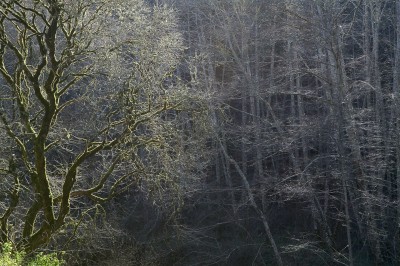Pro Bono Work – continued
Recently, Steve Buchanan wrote an article on the value of pro bono work, or working for free.
This has also been a big discussion over at David Hobby’s blog (www.strobist.com), as well as Chase Jarvis’ blog (www.chasejarvis.com), which led to a scathing rebuttal by John Harrington.
The Strobist flickr forum also had a great discussion.
Personally, I’d like to share what “working for free” has done for me.
First, I think the phrase “working for free” is a misnomer. Nobody works for free. The second you pull the shutter release button, there’s wear and tear on your gear, which costs you money. Processing the photo requires a computer–which you had to buy. At the very least, doing all this costs you time, which is opportunity cost.
Personally, I prefer to call it “working for me”, rather than working for free. If someone else benefits, then that’s gravy–that’s all good–but just because I do something for free doesn’t mean I’m interested in doing YOUR thing for free.
Here’s a few things I’ve had the opportunity to do: (more…)




